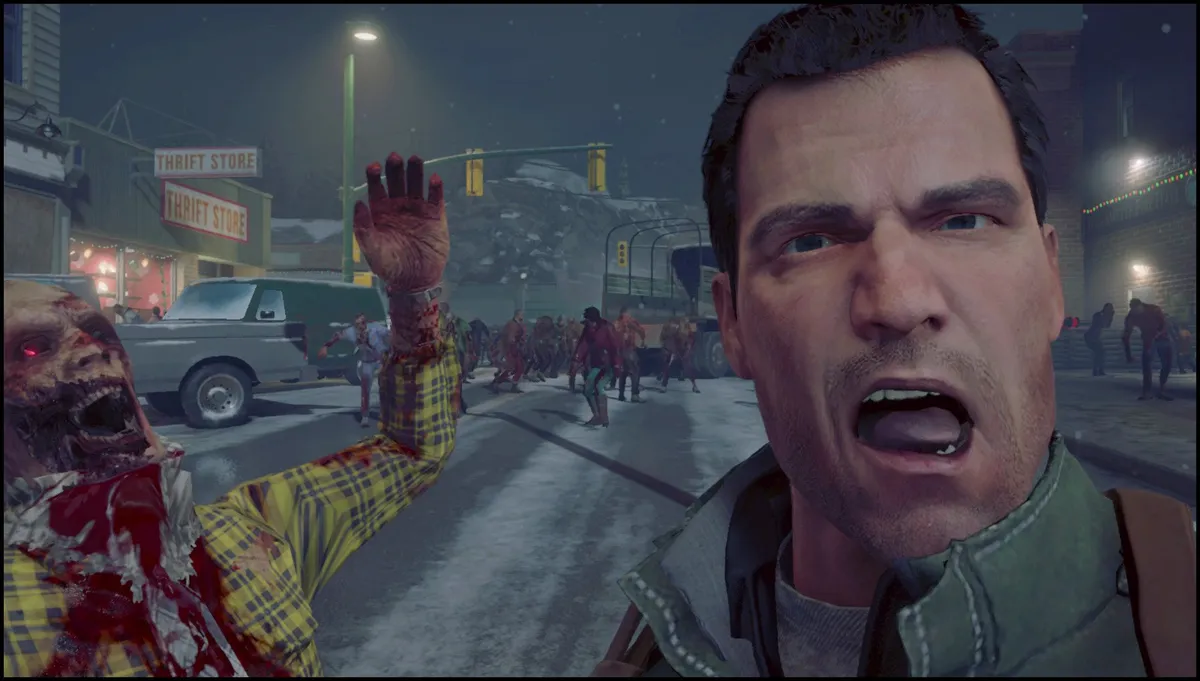Gamers are becoming virtual photographers, capturing stunning images in digital worlds. As the line between virtual and real blurs, what does this tell us about art and reality?
By Stanley Collins
Aug 23, 2024
In the vast landscapes of modern video games, a new form of artistry has emerged. Players are no longer content with merely completing quests or getting fleeced with micro-transactions; they're becoming photographers, capturing stunning images of worlds that exist only in the matrix. This practice, known as in-game photography, is blurring the lines between traditional photography, digital art, and interactive entertainment.
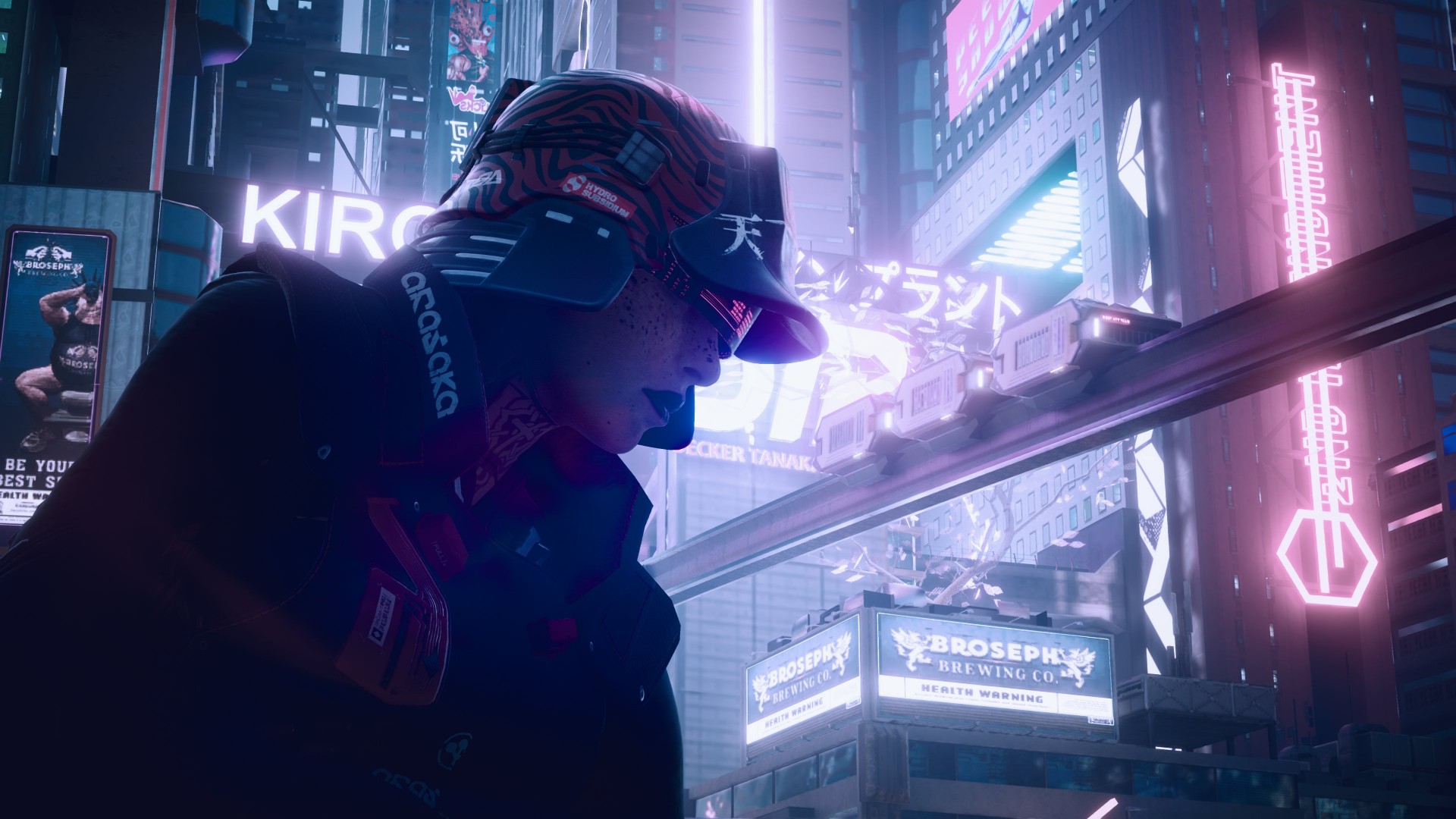
Imagine framing a shot of a neon-drenched cyberpunk 2077 cityscape, adjusting the virtual camera to capture the perfect angle of a futuristic skyscraper, pink painted steam rising from a sewage cover. Or picture yourself patiently waiting for the ideal moment to snap a photo of a Grizzly bear charging straight at you right before getting gored like DiCaprio in the revenant, or how's this, an elderly woman beating a gang member on the streets of fictional LA, with her walker. These scenarios, once confined to the imagination of gamers, are now regular occurrences in the world of in-game photography.
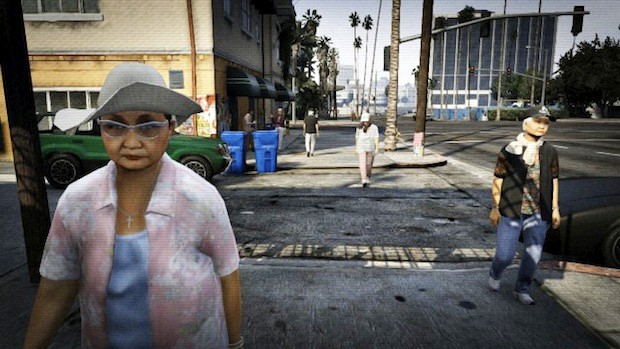
Pioneers in this field, like Duncan Harris of Dead End Thrills, have elevated virtual photography to an art form. Harris's work, which ranges from atmospheric shots of dystopian futures to serene landscapes of fantasy worlds, showcases the potential of this medium. But he's far from alone, albeit probably the only one making money from it. A growing community of virtual photographers is pushing the boundaries of what's possible.
What drives people to photograph virtual worlds? How does this digital artistry reflect and influence our perception of reality? And what does the rising popularity of in-game photography tell us about our relationship with increasingly immersive digital spaces?
The Genesis of In-Game Photography
The roots of in-game photography trace back to the 1980s when gamers photographed their TV screens to immortalize high scores. The advent of screenshot functions in the mid-1990s marked the first step towards true in-game photography. The watershed moment came in 1999 with Nintendo's Pokémon Snap, the first game to make photography the core gameplay mechanic.
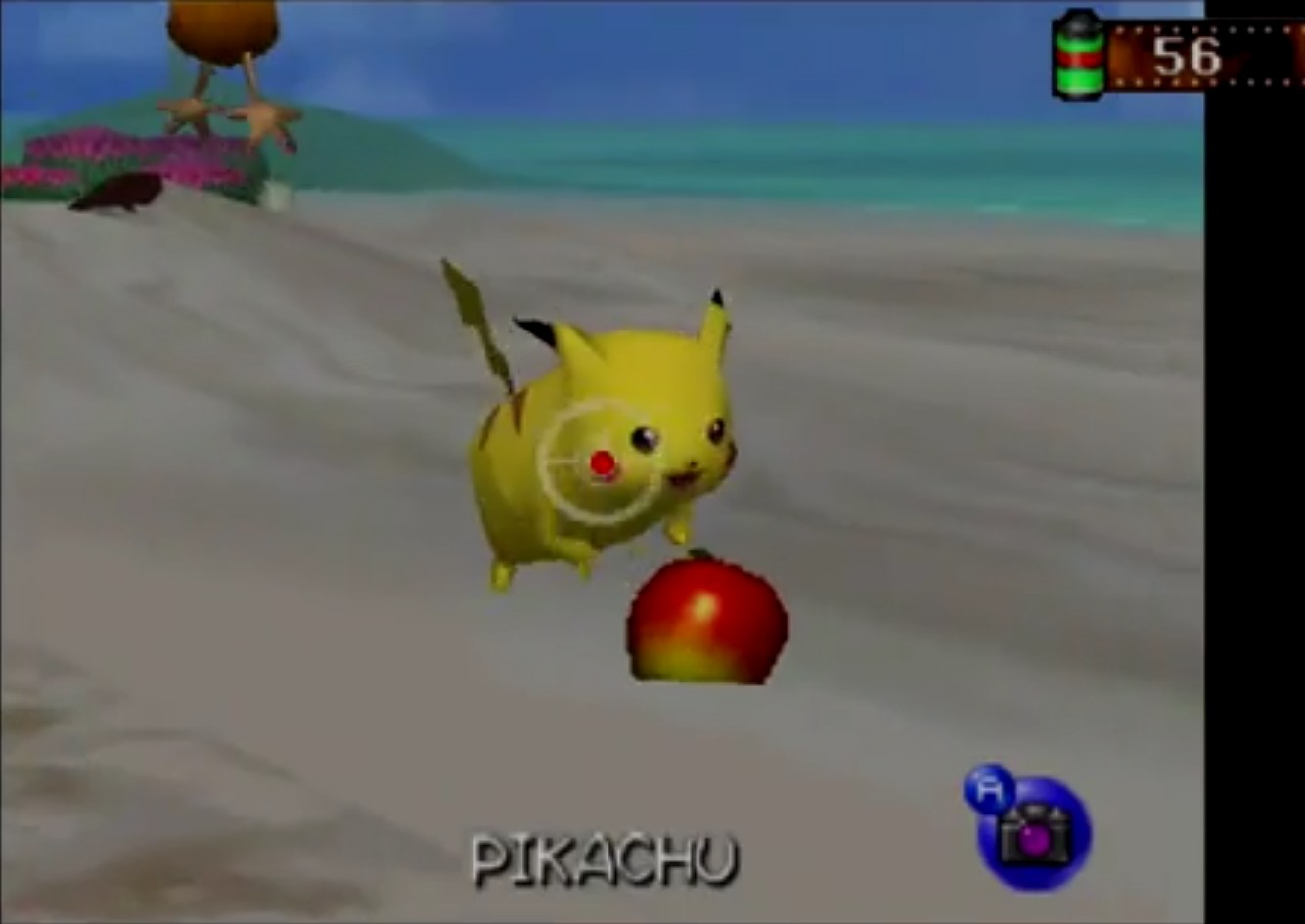
Pokémon Snap was revolutionary in several ways:
It made photography the primary objective, rather than a side feature.
It introduced the concept of a "photographic eye" to gaming, encouraging players to think about composition and timing.
It created a scoring system for photographs, effectively gamifying the art of photography.
Satoru Iwata, who worked on the game and later be
came Nintendo's president, reflected on the game's unique approach in a 1999 interview with Nintendo Power: "I think the idea of taking photos in a game is very interesting. It makes you pay attention to your surroundings in a different way."

From Mechanic to Narrative Device
As game worlds became more complex, so did the role of in-game photography. Titles like Beyond Good & Evil (2003) and Dead Rising (2006) integrated photography into their narratives and progression systems, elevating it from a mere gameplay mechanic to a storytelling device.
In Beyond Good & Evil, players control Jade, a photojournalist investigating a planet-wide conspiracy. Photography isn't just a side activity—it's a core mechanism for character development and plot progression. Michel Ancel, the game's creator, explained in a 2003 interview with IGN: "We wanted to give players a way to interact with the world that wasn't just about combat or solving puzzles. The camera allows players to engage with the environment in a more investigative, observational way."

Dead Rising took a different approach, casting players as Frank West, a photojournalist looking for his big break during a zombie outbreak. Keiji Inafune, the game's producer, told Gamasutra in 2006: "We wanted to add another dimension to the survival horror genre. The photography element allowed players to engage with the chaos around them in a unique way, always on the lookout for that perfect, horrifying shot."
The Rise of Photo Modes and Social Media Parallels
The mid-2010s saw a revolution in in-game photography with the introduction of dedicated photo modes. Games like Infamous: Second Son (2014) offered players unprecedented control over their virtual photography. This trend quickly spread across the industry, coinciding with advancements in gaming hardware that made in-game worlds more photorealistic than ever before.
Nate Fox, the director of Infamous: Second Son, told PlayStation.Blog in 2014: "We wanted to give players the tools to really show off how beautiful Seattle is in our game. The photo mode lets them do that in ways we never anticipated."
The impact of these developments on gaming culture has been significant. According to a 2021 study by the Entertainment Software Association, 59% of gamers use photo modes in games, and 57% share their in-game photos on social media platforms.
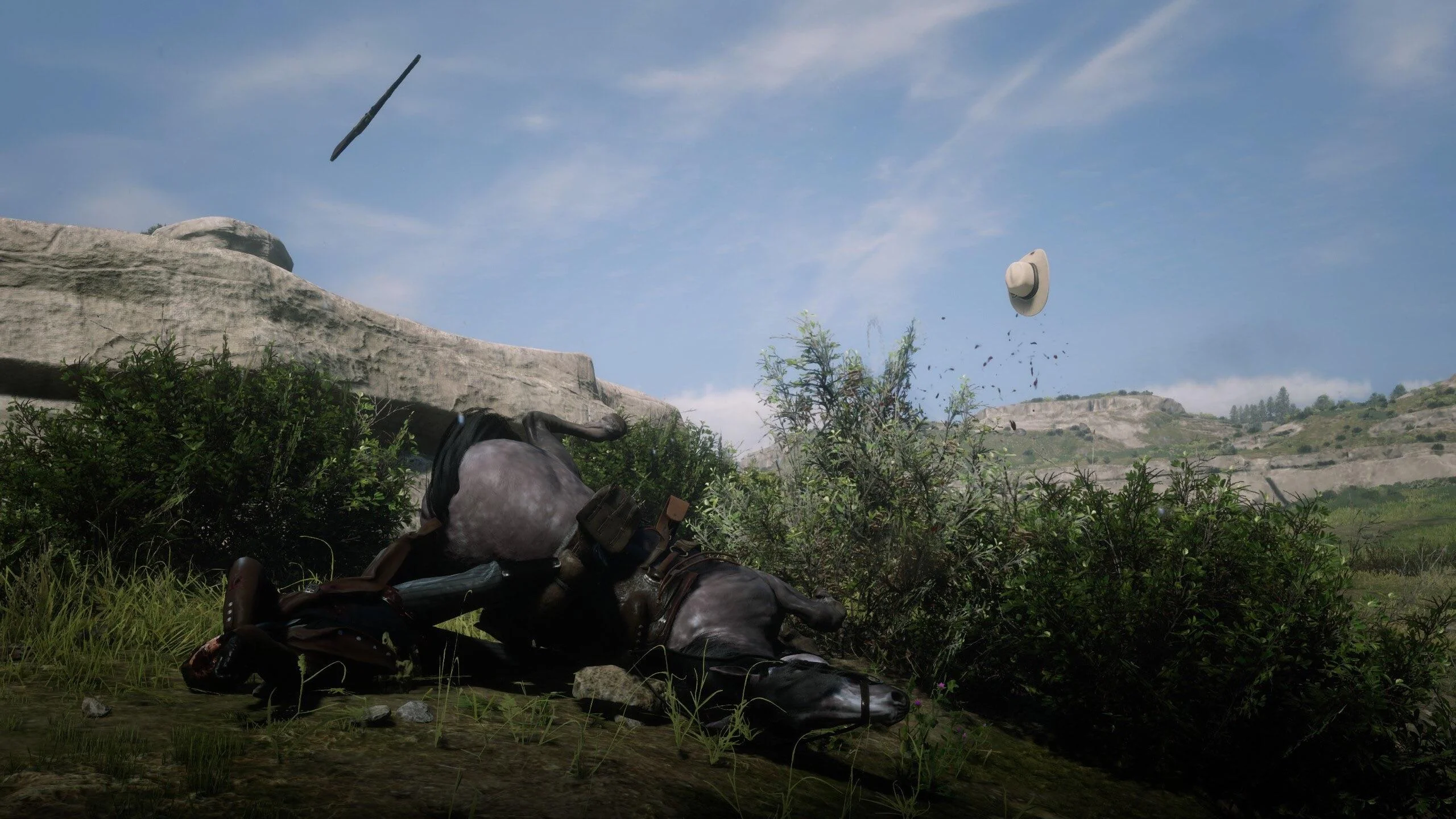
Hyper-Realism and Artistic Expression: When Games Get Too Real
As we moved into the late 2010s and early 2020s, games like Red Dead Redemption 2 (2018) and Cyberpunk 2077 (2020) set new benchmarks for what was possible in virtual photography, sometimes to hilarious extremes.
Red Dead Redemption 2 offered a photo mode that was unprecedented in its depth and realism. Players could adjust a wide array of settings, from depth of field and focus distance to lens type and film grain. The result was a tool that could produce images nearly indistinguishable from real-world photography – assuming the real world was populated by grizzled cowboys and horses with shrinking testicles.
Yes, you read that right. In their quest for unparalleled realism, Rockstar programmed horse testicles that dynamically shrink in cold weather. It's the kind of detail no one asked for, but everyone talked about. Virtual photographers could, if they so desired, document this phenomenon in stunning 4K resolution.
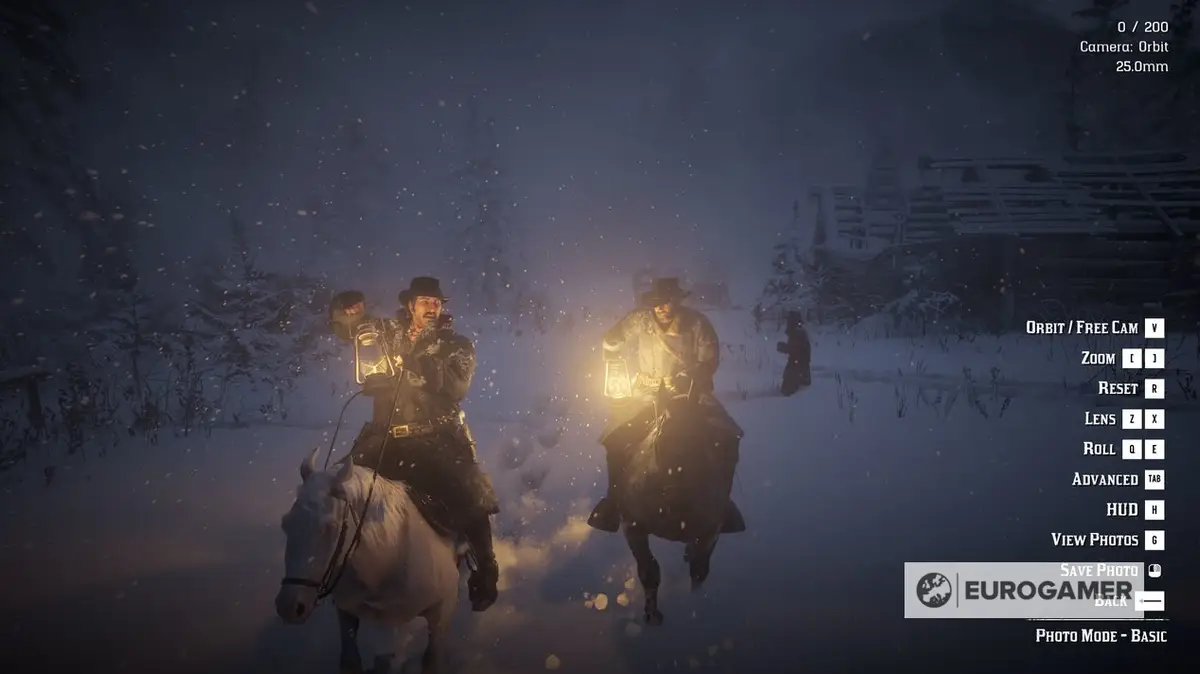
Aaron Garbut, Rockstar's Head of Development, told The Guardian in 2018: "We wanted to create a world that felt alive, that players could get lost in. The photo mode was a natural extension of that goal—a way for players to capture and share the beauty we'd worked so hard to create."
Cyberpunk 2077, not to be outdone in the realm of unnecessary details, allowed players to customize their character's genitals. The game's photo mode, naturally, allowed players to capture these, ahem, personalized features in all their glory.
This level of detail has elevated in-game photography from a niche hobby to a respected art form. Virtual photographers can capture moments of breathtaking beauty, raw emotion, or unintentional comedy – sometimes all in the same frame.
The Emergence of Generative AI and AI Avatars
Recent advancements in artificial intelligence have further complicated the landscape of digital imagery. Generative AI tools like Midjourney and Stable Diffusion can create highly realistic images from text descriptions, blurring the line between human-created and machine-generated art.
Midjourney, launched in 2022, quickly gained over 13 million users, demonstrating the widespread interest in AI-generated imagery. Similarly, the development of AI avatars allows individuals to generate stylized representations of themselves, further blurring the line between reality and digital creation.
The implications of these technologies for in-game photography and digital art are profound. As AI-generated imagery becomes more sophisticated, the distinction between captured and created images may become increasingly irrelevant.

Philosophical Implications: Baudrillard's Simulacra
The phenomenon of in-game photography brings to mind Jean Baudrillard's concept of simulacra. In-game photos can be seen as representations without an original, images that refer to a reality that never existed. This challenges our understanding of authenticity and reality in a world where we can create and manipulate hyperreal images.
Baudrillard argued that postmodern society has become so reliant on models and maps that we have lost all contact with the real world that preceded the map. He called this state "hyperreality," where simulation becomes more real than reality itself.
The Future of In-game Photography
As technology continues to advance, the possibilities for in-game photography expand. Virtual Reality (VR) presents exciting opportunities, potentially allowing players to physically move around a virtual scene as they compose their shots. Artificial Intelligence will also play a significant role, potentially generating unique, dynamic environments for players to explore and photograph.
The line between virtual and real-world photography may continue to blur. We might see collaborations between virtual and real-world photographers, or exhibitions that blend physical and digital imagery.
Navigating the Hyperreal
As these technologies continue to evolve, they will likely have profound impacts on art, communication, and our very understanding of reality. The challenge for future generations will be developing a new kind of visual literacy – one that understands the intent, technology, and context behind every image we encounter, whether it originates from a physical camera or a virtual world.
Whether an image comes from a game, an iPhone, or Midjourney, its power lies in its ability to convey an experience, tell a story, or evoke an emotion. In this hyperreal world, the art of capturing the simulacra has become an integral part of how we express ourselves and understand our increasingly digital existence.
As we continue to explore and expand the boundaries of visual expression, we may find that the hyperreal worlds we capture through our screens are just as meaningful, just as capable of evoking wonder and fostering connection, as the physical world around us.
